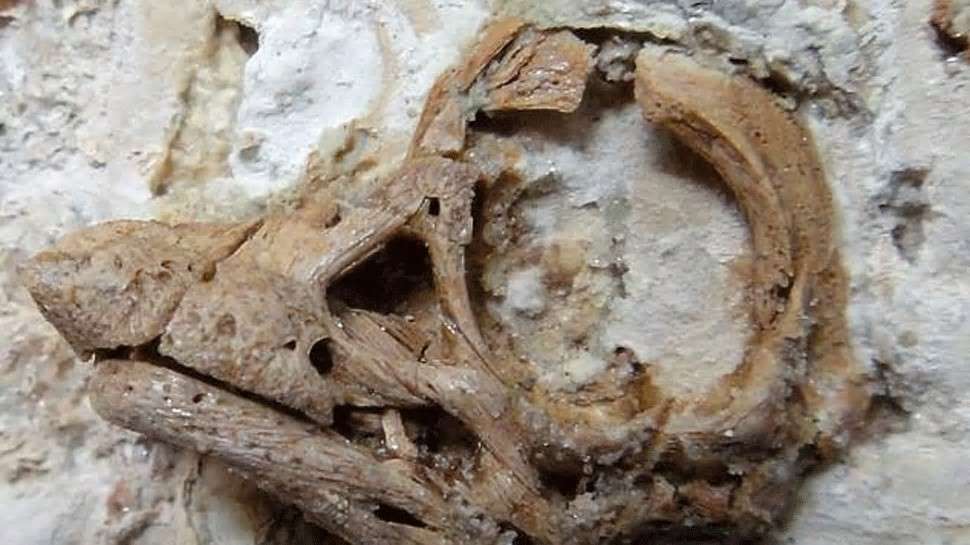
First 3D Model of an Unhatched Dinosaur Reveals Unknown Fact About Sauropods
The 1.2 inch wide fossil skull of an unhatched dinosaur, found preserved inside its egg in Patagonia, Argentina, revealed interesting details. The intact hatching ground of the long-necked, giant herbivores that wandered this preserved land about 80 million years ago was discovered back in 1997. Ever since then, it has revealed many secrets about the reproductive habits of sauropods and their anatomical development.
Exactly twenty-three years after the groundbreaking discovery, researchers report the first 3D images of the preserved embryo of a sauropod
With the help of new imaging technology, called synchrotron microtomograpy, the researchers were able to produce a 3D scans of this wide fossil of an unhatched dinosaur skull. Quite surprising details were discovered about baby facial features present in one species from an important dinosaur group called titanosaurs – the largest land animals that ever inhabited the Earth.
This rare, preserved fossils contained some of the most interesting remains ever found, from tiny embryonic bones to patches of delicate fossilized skin, as well as a skull and teeth of one of the creatures.
Palaeobiologist Martin Kundrát, from the Pavol Jozef Šafárik University in Slovakia revealed that horned faced and binocular vision were features quite different from what they expected in titanosaurian dinosaurs. He also added that facial horn might have helped the dinosaur hatch from its egg like the “egg tooth” present in some hatchling birds and reptiles, but may also have served other functions such as defense or food-gathering.
According to the researchers, sauropodomorph embryology remains one of the least explored areas of the life history of dinosaurs. However, these new 3D models allowed investigators to reconstruct the appearance of the skull in titanosaurian sauropods before hatching. It addition, it provided very useful details for taxonomic or developmental comparisons among related dinosaurs, as this study found out that sauropods were large, four-legged, long-necked dinosaurs, that were born with a horn and binocular vision that disappeared as they matured.


